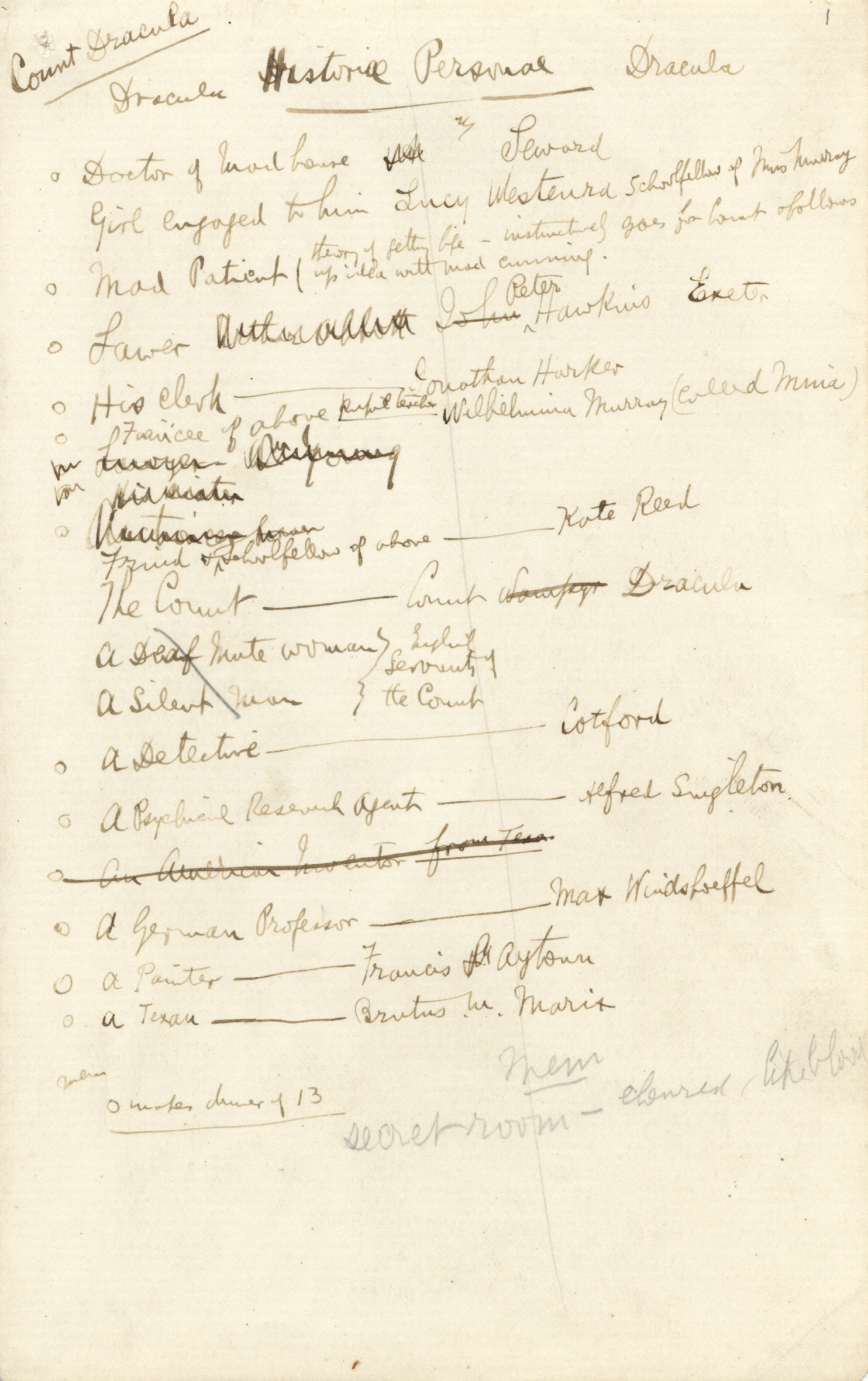|
Deinocroton
''Deinocroton'' is an extinct genus of tick. It is known from four species found in Burmese amber, dating to the earliest part of the Cenomanian stage of the Late Cretaceous, around 99 million years ago. Taxonomy Four species have been named, including the type ''D. draculi'', ''D. copia, D. bicornis'' and ''D. lacrimus'' all from Burmese amber, which dates to the late Albian-early Cenomanian stages of the Cretaceous period, around 100 million years ago. The genus is suggested to be more closely related to ''Nuttalliella'' than to the two major living families of ticks, which is supported by the anatomy of its leg joints. While originally placed in its own family Deinocrotonidae, a 2024 study suggested that it should be placed into Nuttalliellidae, along with ''Nuttalliella'' and the extinct genus '' Legionaris'' also known from Burmese amber''.'' Etymology The name of the genus ''Deinocroton'' is composed of two words from the ancient Greek "deinos", "terrible", and "krotṓ ... [...More Info...] [...Related Items...] OR: [Wikipedia] [Google] [Baidu] |
Tick
Ticks are parasitic arachnids of the order Ixodida. They are part of the mite superorder Parasitiformes. Adult ticks are approximately 3 to 5 mm in length depending on age, sex, and species, but can become larger when engorged. Ticks are external parasites, living by feeding on the blood of mammals, birds, and sometimes reptiles and amphibians. The timing of the origin of ticks is uncertain, though the oldest known tick fossils are around 100 million years old, and come from the Cretaceous period. Ticks are widely distributed around the world, especially in warm, humid climates. Ticks belong to two major families: the Ixodidae, or hard ticks, and the Argasidae, or soft ticks. '' Nuttalliella'', a genus of tick from southern Africa, is the only member of the family Nuttalliellidae, and represents the most primitive living lineage of ticks. Adults have ovoid/pear-shaped bodies (idiosomas) which become engorged with blood when they feed, and eight legs. Their cephalotho ... [...More Info...] [...Related Items...] OR: [Wikipedia] [Google] [Baidu] |
Nuttalliella
''Nuttalliella'' is genus of tick. It contains a single living species, ''Nuttalliella namaqua'' found in southern Africa, having been reported from Tanzania, Namibia and South Africa. The genus is placed in its own family, Nuttalliellidae. It can be distinguished from ixodid ticks and argasid ticks by a combination of characteristics including the position of the stigmata, lack of setae, strongly corrugated integument, and form of the fenestrated plates. It is the most basal lineage of living ticks. History of research The first description by G.A.H. Bedford in 1931 was based upon a single female collected under a stone at Kamieskroon, in Little Namaqualand, by Dr R.F. Lawrence in October 1930. (1931):''Nuttalliella namaqua'', a new genus and species of tick. ''Parasitology'' 23 (2): 230-232. The genus and family were named for the bacteriologist George Nuttall, a specialist in diseases transmitted by ticks. The species was recognised as distinctive enough to warrant i ... [...More Info...] [...Related Items...] OR: [Wikipedia] [Google] [Baidu] |
Cenomanian
The Cenomanian is, in the International Commission on Stratigraphy's (ICS) geological timescale, the oldest or earliest age (geology), age of the Late Cretaceous epoch (geology), Epoch or the lowest stage (stratigraphy), stage of the Upper Cretaceous series (stratigraphy), Series. An age is a unit of geochronology; it is a unit of time; the stage is a unit in the stratigraphic column deposited during the corresponding age. Both age and stage bear the same name. As a unit of geologic time measure, the Cenomanian Age spans the time between 100.5 and 93.9 million years ago (Mya). In the geologic timescale, it is preceded by the Albian and is followed by the Turonian. The Upper Cenomanian starts around at 95 Mya. The Cenomanian is coeval with the Woodbinian of the regional timescale of the Gulf of Mexico and the early part of the Eaglefordian of the regional timescale of the East Coast of the United States. At the end of the Cenomanian, an anoxic event took place, called the Cenomani ... [...More Info...] [...Related Items...] OR: [Wikipedia] [Google] [Baidu] |
Burmese Amber
Burmese amber, also known as Burmite or Kachin amber, is amber from the Hukawng Valley in northern Myanmar. The amber is dated to around 100 million years ago, during the latest Albian to earliest Cenomanian ages of the mid-Cretaceous period. The amber is of significant palaeontological interest due to the diversity of flora and fauna contained as inclusions, particularly arthropods including insects and arachnids but also birds, lizards, snakes, frogs and fragmentary dinosaur remains. The amber has been known and commercially exploited since the first century AD, and has been known to science since the mid-nineteenth century. Research on the deposit has attracted controversy due to the potential role of the amber trade in funding internal conflict in Myanmar and hazardous working conditions in the mines where it is collected. Geological context, depositional environment and age The amber is found in the Hukawng Basin, a large Cretaceous-Cenozoic sedimentary basin within north ... [...More Info...] [...Related Items...] OR: [Wikipedia] [Google] [Baidu] |
Albian
The Albian is both an age (geology), age of the geologic timescale and a stage (stratigraphy), stage in the stratigraphic column. It is the youngest or uppermost subdivision of the Early Cretaceous, Early/Lower Cretaceous epoch (geology), Epoch/series (stratigraphy), Series. Its approximate time range is 113.0 ± 1.0 annum, Ma to 100.5 ± 0.9 Ma (million years ago). The Albian is preceded by the Aptian and followed by the Cenomanian. Stratigraphic definitions The Albian Stage was first proposed in 1842 by Alcide d'Orbigny. It was named after Alba, the Latin name for Aube (river), River Aube in France. A Global Boundary Stratotype Section and Point (GSSP), ratified by the IUGS in 2016, defines the base of the Albian as the first occurrence of the planktonic foraminiferan ''Hedbergellidae, Microhedbergella renilaevis'' at the Col de Pré-Guittard section, Arnayon, Drôme, France. The top of the Albian Stage (the base of the Cenomanian Stage and Upper Cretaceous Series) is defined ... [...More Info...] [...Related Items...] OR: [Wikipedia] [Google] [Baidu] |
Vampire
A vampire is a mythical creature that subsists by feeding on the Vitalism, vital essence (generally in the form of blood) of the living. In European folklore, vampires are undead, undead humanoid creatures that often visited loved ones and caused mischief or deaths in the neighbourhoods which they inhabited while they were alive. They wore shrouds and were often described as bloated and of ruddy or dark countenance, markedly different from today's gaunt, pale vampire which dates from the early 19th century. Vampiric entities have been Vampire folklore by region, recorded in cultures around the world; the term ''vampire'' was popularized in Western Europe after reports of an 18th-century mass hysteria of a pre-existing folk belief in Southeast Europe, Southeastern and Eastern Europe that in some cases resulted in corpses being staked and people being accused of vampirism. Local variants in Southeastern Europe were also known by different names, such as ''shtriga'' in Albanian ... [...More Info...] [...Related Items...] OR: [Wikipedia] [Google] [Baidu] |
Count Dracula
Count Dracula () is the title character of Bram Stoker's 1897 gothic horror novel ''Dracula''. He is considered the prototypical and archetypal vampire in subsequent works of fiction. Aspects of the character are believed by some to have been inspired by the 15th-century Wallachian prince Vlad the Impaler, who was also known as Vlad Dracula, and by Sir Henry Irving and Jacques Damala, actors with aristocratic backgrounds that Stoker had met during his life. One of Dracula's most iconic powers is his ability to turn others into vampires by biting them and infecting them with the vampiric disease. Other characteristics have been added or altered in subsequent popular fictional works, including books, films, cartoons, and video games. Stoker's creation Bram Stoker's novel takes the form of an epistolary tale, in which Count Dracula's characteristics, powers, abilities, and weaknesses are narrated by multiple narrators, from different perspectives. Count Dracula is an undead ... [...More Info...] [...Related Items...] OR: [Wikipedia] [Google] [Baidu] |
Dracula
''Dracula'' is an 1897 Gothic fiction, Gothic horror fiction, horror novel by Irish author Bram Stoker. The narrative is Epistolary novel, related through letters, diary entries, and newspaper articles. It has no single protagonist and opens with solicitor Jonathan Harker taking a business trip to stay at the castle of a Transylvanian nobleman, Count Dracula. Harker flees after learning that Dracula is a vampire, and the Count moves to England and plagues the seaside town of Whitby. A small group, led by Abraham Van Helsing, hunts and kills him. The novel was mostly written in the 1890s, and Stoker produced over a hundred pages of notes, drawing extensively from Folklore of Romania, folklore and History of Romania, history. Scholars have suggested various figures as the inspiration for Dracula, including the Wallachian prince Vlad the Impaler and the Countess Elizabeth Báthory, but recent scholarship suggests otherwise. He probably found the name Dracula in Whitby's public l ... [...More Info...] [...Related Items...] OR: [Wikipedia] [Google] [Baidu] |
Bram Stoker
Abraham Stoker (8 November 1847 – 20 April 1912), better known by his pen name Bram Stoker, was an Irish novelist who wrote the 1897 Gothic horror novel ''Dracula''. The book is widely considered a milestone in Vampire fiction, and one of the most famous classics of English literature. The primary antagonist of the novel, Count Dracula, is often ranked among the most iconic and best-known fictional figures of the entire Victorian era, and the character's popularity has led to over 700 adaptations for films, movies, plays, comics, video games, cartoons, stage performances, and other forms of media. Although he was the author of 12 mystery novels and novellas, Stoker's reputation as one of the most influential writers of Gothic horror fiction lies solely with ''Dracula''. During his life, he was better known as the personal assistant of the actor Sir Henry Irving and business manager of the West End's Lyceum Theatre, which Irving owned. Stoker was also a distant relative o ... [...More Info...] [...Related Items...] OR: [Wikipedia] [Google] [Baidu] |






